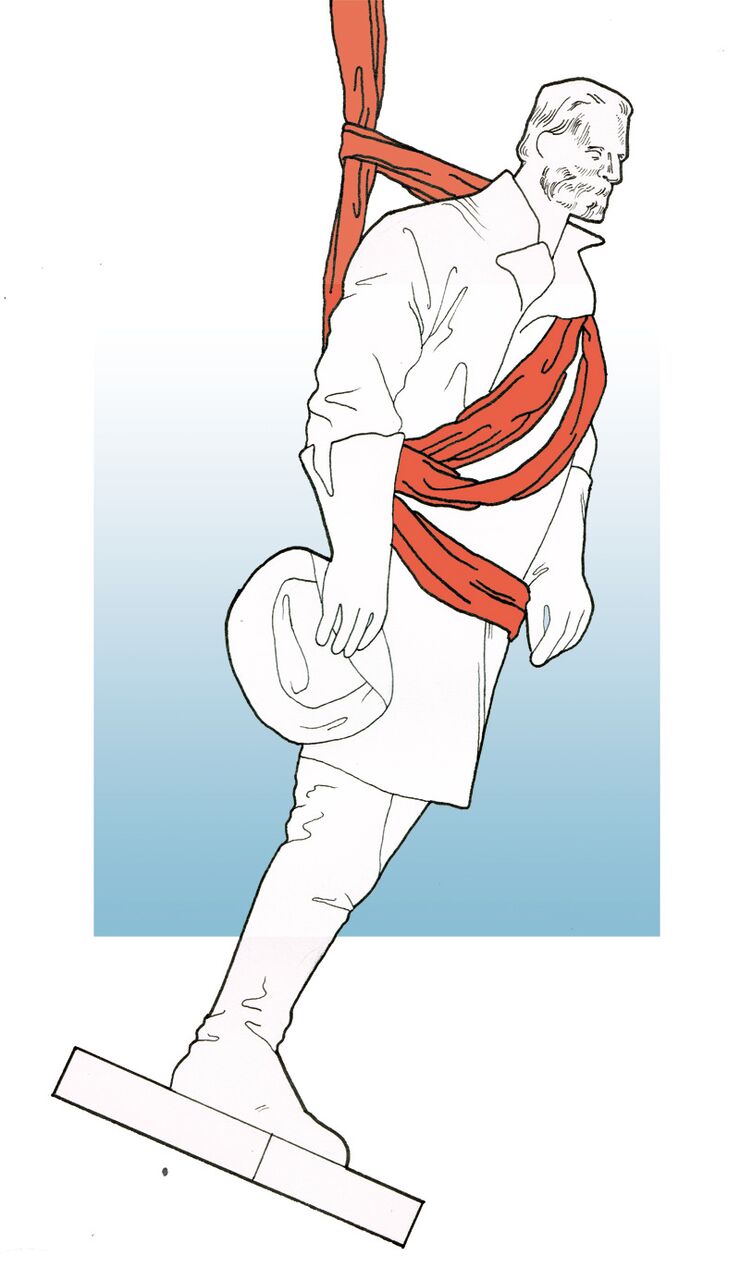A pedestal is no place for a Confederate symbol, and taking them down won’t erase the past
An increasing number of symbols commemorating Confederate “heroes” have been taken down throughout the United States and Canada, including here in Montreal. A plaque hanging on a wall outside the Hudson’s Bay department store on Ste-Catherine Street honouring Jefferson Davis was taken down on Aug. 15. Davis was the president of the Confederate States from 1861 to 1865, and he briefly lived in Montreal with his family after being released from prison in 1867.
The recent violent protest in Charlottesville, Va., encouraged even more people and organizations to remove plaques, statues and monuments that pay homage to important actors of the Confederacy. On Aug. 12, white supremacists and neo-Nazis rallied in Charlottesville to condemn a proposal to remove a statue of Confederate commander Robert E. Lee. A woman was struck and killed by a car that drove through the crowd of anti-racism counter-protesters who had turned up at the rally.
Though tensions around Confederate symbols aren’t a new phenomenon, some argue that taking down such signs threaten the preservation of history. For hundreds of years, the KKK and other white supremacist groups have used various symbols as emblems of their far-right ideologies. The Confederate flag is especially controversial because it has become a symbol of oppression and hatred of black people and other non-whites. Waving the flag is often interpreted as blatant racism in North America.
Though some argue Confederate symbols represent pride in the southern United States, they inarguably carry a heavy burden. For many, the Confederate flag is a reminder of black men, women and children being dragged off public transportation, beaten to death, locked up on unfounded rumours and assumptions and killed for defending basic civil rights.
Statues, plaques and monuments are intended to honour people who have positively contributed to society’s growth and freedom. Davis, for his part, owned hundreds of slaves and led a movement that fought against their emancipation. So, if public officials want to lessen racial tensions and reconcile with citizens of different cultures and races, they must not tolerate public displays that glorify the very people who went to war to maintain slavery and other oppressive systems.
Those who fear history will be erased by removing Confederate emblems shouldn’t worry.
Many have tried to suppress dark parts of North American history, yet they endure. Davis and his Confederate friends will always be part of our history, but they have no place on pedestals. No one has forgotten about Hitler, right? Yet, even naming a garbage dump “Adolf Hitler” was deemed scandalous and inappropriate by Oregonians in the 80s.
Closer to home, the Elementary Teachers’ Federation of Ontario recently announced that they want to remove John A. Macdonald’s name from their school buildings so that Indigenous children won’t have to attend schools named after an individual who played a key role in developing residential schools and destroying Indigenous culture.
Taking down honourific plaques, statues and flags simply shows solidarity and inclusion towards ethnic groups who have been chronically oppressed and discriminated against throughout history. The goal is not to erase our past, but to reclaim a history which has been “whitewashed” for far too many years. History books are filled with one-sided stories of white heroes protecting their people from evil “savages.”
Cruelty and injustice have been excused for centuries. If dozens of government buildings and plaques have to be renamed and removed to begin righting those wrongs, then so be it.
Graphics by Alexa Hawksworth




